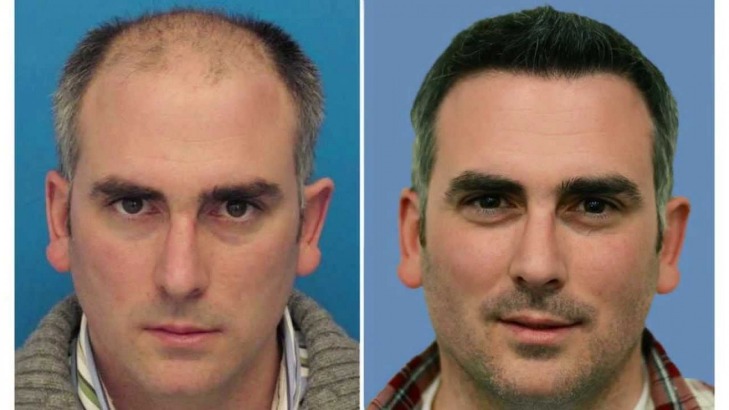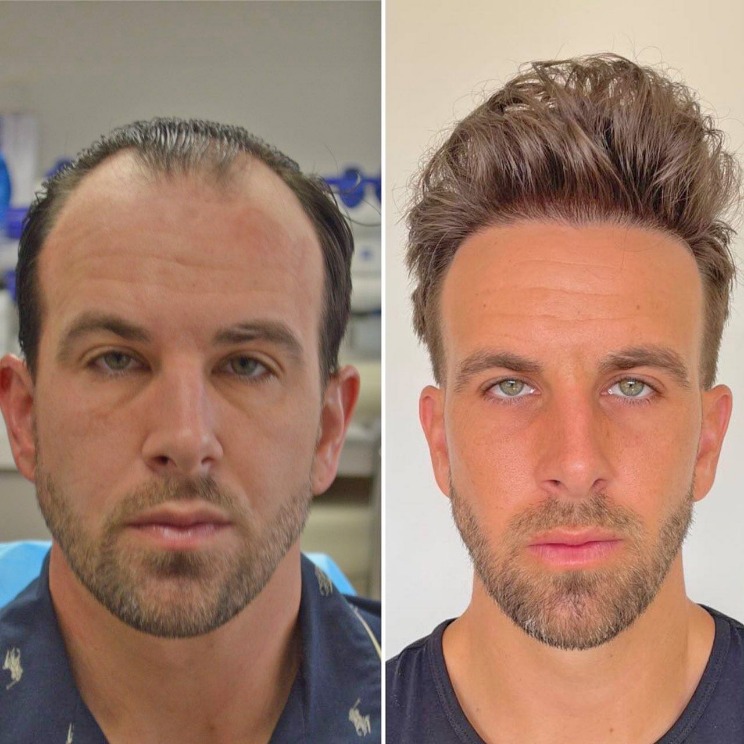Understanding Hair Transplants
A hair transplant is a meticulous procedure aimed at redistributing hair follicles to balding or thinning areas of the scalp. This surgical technique has evolved significantly, offering natural-looking results and boosting patient confidence.
Types of Hair Transplant Procedures
There are primarily two types of hair transplant methods:
- Follicular Unit Transplantation (FUT): Involves removing a strip of scalp from a donor area and dissecting it into individual follicular units for transplantation.
- Follicular Unit Extraction (FUE): Involves extracting individual hair follicles from the donor area using a fine punch tool and implanting them in the target area.
Benefits of Hair Transplants
Read more about dr grahame shaw here.
Undergoing a hair transplant offers several benefits:
- Natural Results: Modern techniques ensure that implanted hair grows naturally, blending seamlessly with existing hair.
- Improved Appearance: Addressing bald spots or thinning areas can significantly enhance overall appearance.
- Permanent Solution: Transplanted hair is usually resistant to the factors causing hair loss, offering a long-term solution.
- Minimal Downtime: Recovery times are relatively short, allowing patients to resume regular activities quickly.
FAQs About Hair Transplants
Here are some frequently asked questions regarding hair transplant procedures:
Q1: Who is a good candidate for a hair transplant?
A: Ideal candidates are those experiencing pattern baldness or thinning hair but still have a stable supply of donor hair, typically at the back or sides of the head.
Q2: How long does a hair transplant procedure take?
A: Depending on the extent of the procedure, it typically takes between 4 to 8 hours. More extensive cases may require multiple sessions.
Q3: Are the results of a hair transplant permanent?
A: Yes, transplanted hair is generally permanent as it is resistant to balding factors. However, surrounding non-transplanted hair may still be subject to hair loss over time.
Q4: What are the potential risks and side effects?
A: Though uncommon, possible risks include infection, scarring, and temporary thinning of pre-existing hair (shock loss).
Post-Procedure Care
Following a hair transplant, it is crucial to adhere to post-care instructions for optimal results:
- Avoid touching or scratching the implanted area.
- Follow the prescribed medication regimen to prevent infection and manage pain.
- Refrain from strenuous activities for a few weeks.
- Attend follow-up appointments to monitor progress and address any concerns.
Conclusion
Modern hair transplants offer a reliable solution for those facing hair loss, delivering natural and lasting results. With minimal downtime and a high success rate, this procedure continues to gain popularity among those looking to improve their appearance and regain confidence.




